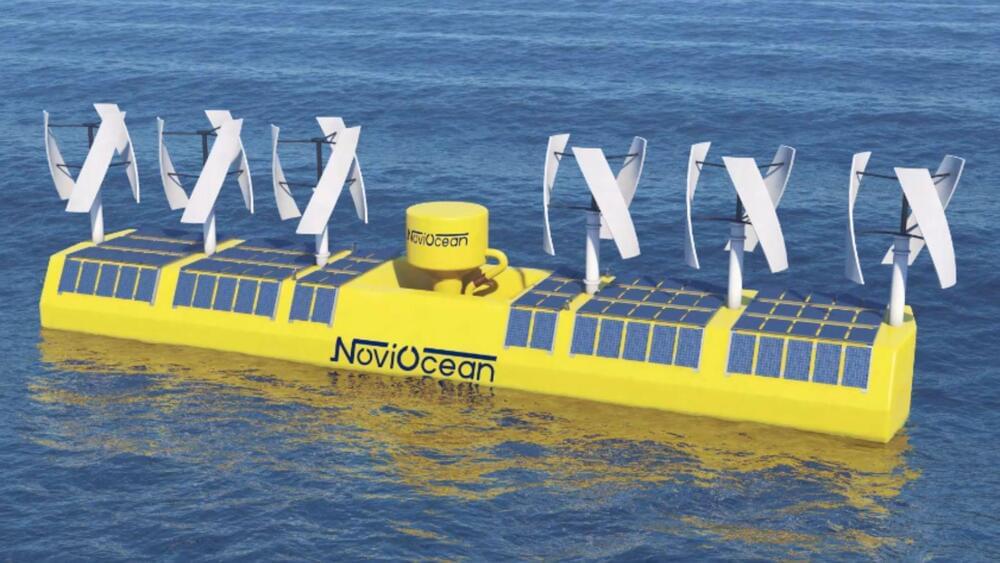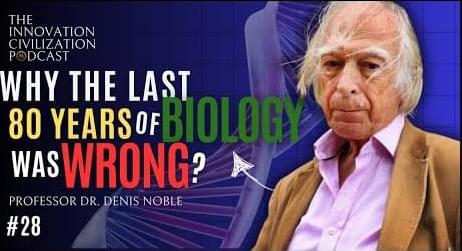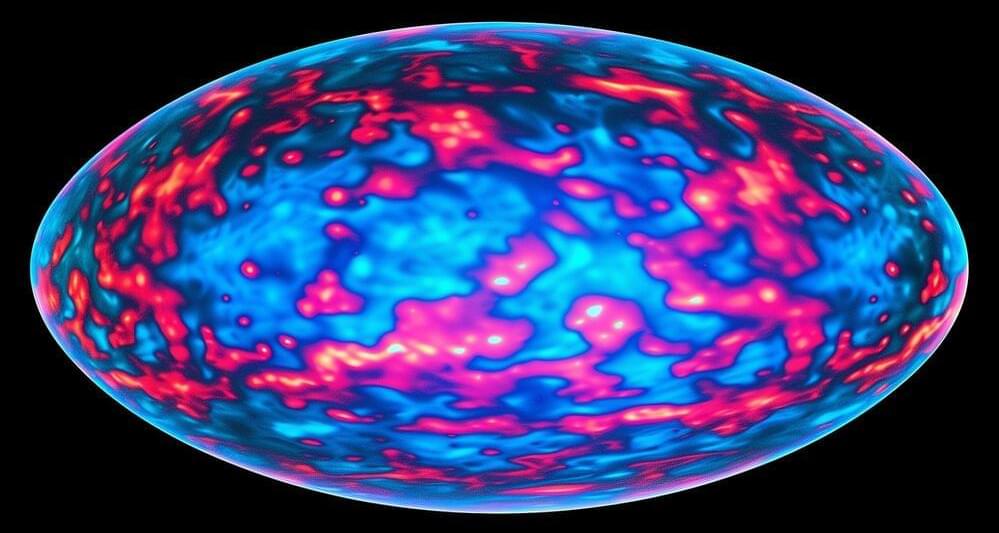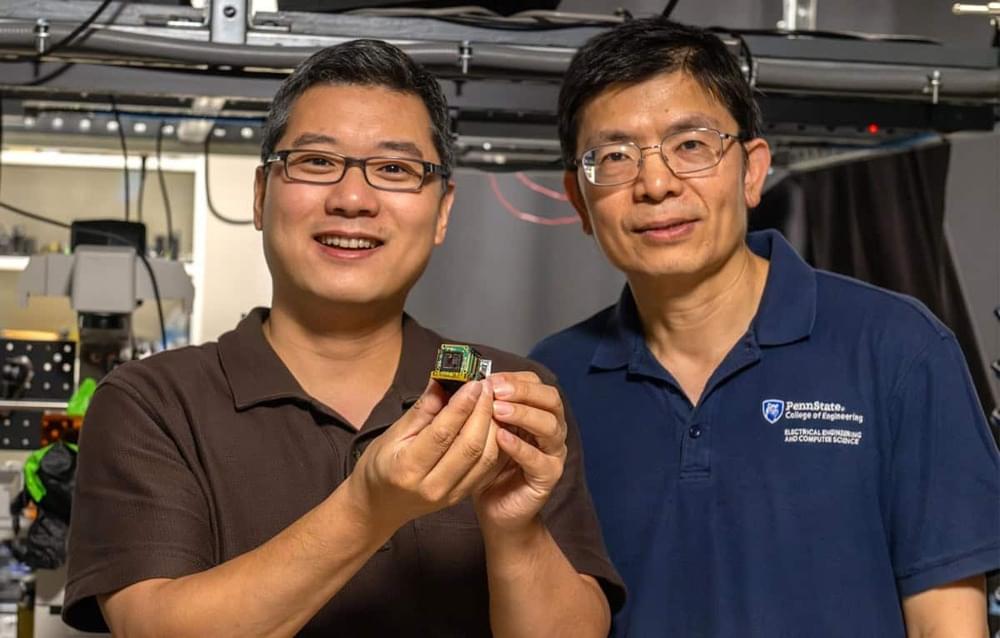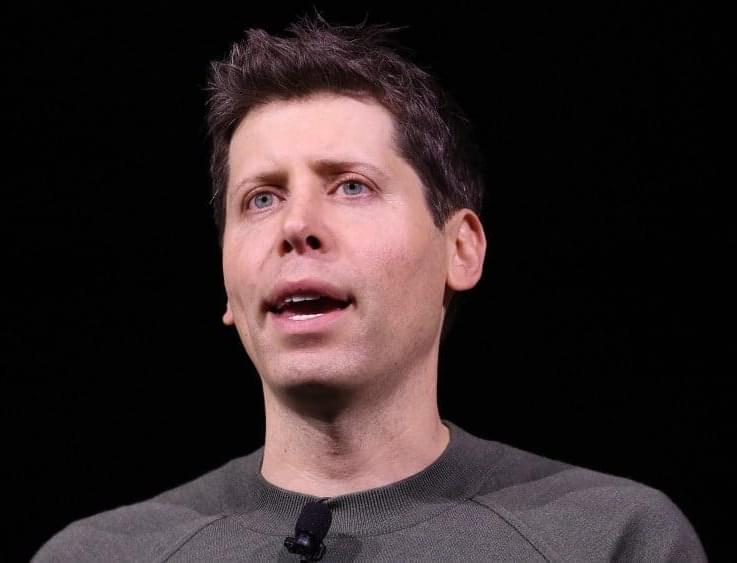
Artificial-intelligence tech company OpenAI said it has raised $6.6 billion in new funding, giving it a massive post-money valuation of $157 billion, almost double its previous reported valuation of $80 billion earlier this year.
The new round of funding was led by venture-capital firm Thrive Capital, with additional investors including Microsoft, Nvidia, SoftBank, Fidelity, Khosla Ventures, Altimeter Capital, United Arab Emirates-based MGX and Tiger Global. In 2024, OpenAI is projecting a $5 billion net loss on $3.7 billion in revenue, CNBC reported. Next year, the company is targeting $11.6 billion in revenue, per the report.
“We are making progress on our mission to ensure that artificial general intelligence benefits all of humanity,” OpenAI said in a statement announcing the funding. “Every week, over 250 million people around the world use ChatGPT to enhance their work, creativity and learning. Across industries, businesses are improving productivity and operations, and developers are leveraging our platform to create a new generation of applications. And we’re only getting started.”


